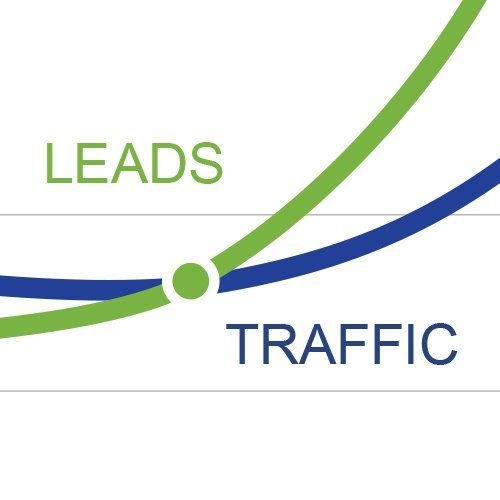How to Regain SEO Google Page Rankings with an Older Website
You still love the design of your corporate website, but you've noticed your Google keyword rankings have fallen dramatically over the years. Here are the steps you can take to regain your SEO page # 1 status.

Regaining SEO Google page rankings for an older website involves a multi-faceted approach that focuses on auditing, updating and optimizing existing content, improving site performance, and enhancing overall user experience. Here are key strategies to consider:
Update and Optimize Content:
- Refresh old content to ensure it's current, relevant, and provides value to your audience.
- Target new keywords that are relevant to your niche and have good search volume.
- Improve on-page SEO by optimizing title tags, meta descriptions, headers, and images. Be sure you are adhering to the character counters and infusing an SEO keyword or two in your metadata edits.
Improve Website Performance:
- Enhance your website page loading speed. Use tools like Google PageSpeed Insights to identify and fix slow-loading elements.
- Ensure your website is mobile-friendly, as Google prioritizes mobile-first indexing.
- Check and repair any broken links and clean up any outdated redirects.
- Reduce the impact of third-party code, avoid enormous network payloads, avoid an excessive DOM sizes, and minimize main-thread work. (If all this is a bit too technical, reach out to the SEO consulting team at Boston Web Partners to assist.)
Focus on User Experience (UX):
- Make sure the website is easy to navigate and user-friendly.
- Improve the visual appeal and ensure that the design is up to date.
- Provide clear calls to action to guide users through your website.
Regularly Add Fresh Content:
- Content is king. Start a blog or news section to continually add fresh, relevant content.
- Cover topics that are trending in your industry to attract more traffic.
Build Quality Backlinks:
- Engage in white-hat link-building strategies like guest blogging, influencer outreach, and content marketing.
- Disavow toxic or spammy backlinks that may harm your website’s reputation. *Be sure not to
do this too often.
Leverage Social Media:
- Promote your content on social media to drive traffic to your website.
- Engage with your audience on these platforms to build a community around your brand.
Utilize Local SEO (if applicable):
- Claim and optimize your Google My Business listing.
- Include local keywords and create location-specific pages if your business serves particular areas.
Implement Structured Data:
- Use schema markup to help search engines understand your content better.
- This can improve the way your site appears in SERPs, potentially increasing click-through rates.
Monitor SEO Performance:
- Use tools like Google Analytics and Google Search Console to track your website’s performance and identify areas for improvement.
- Regularly check your rankings for target keywords and analyze competitors to stay competitive.
Technical SEO Improvements:
- Ensure your site is secure by using HTTPS.
- Check for crawl errors and optimize your site’s XML sitemap.
Engage with Your Audience:
- Encourage user reviews and ratings if applicable.
- Respond to comments and questions on your site and across social media platforms.
Remember, SEO is an ongoing process and it does not happen overnight. It requires regular monitoring and updating to keep up with changes in Google's algorithms and trends in your industry. Patience and consistency are key, as improvements in rankings can take time to materialize.
If you're interested in engaging our SEO consulting team to assist you with all this, please reach out for a free website SEO analysis. See our
SEO Client Case Study for more details.












